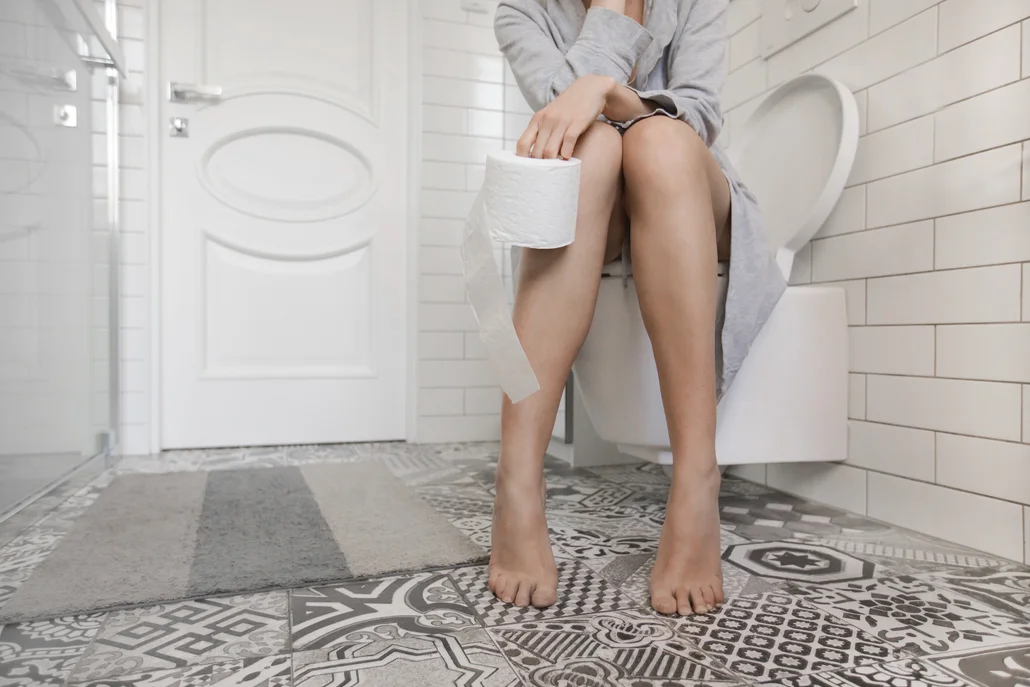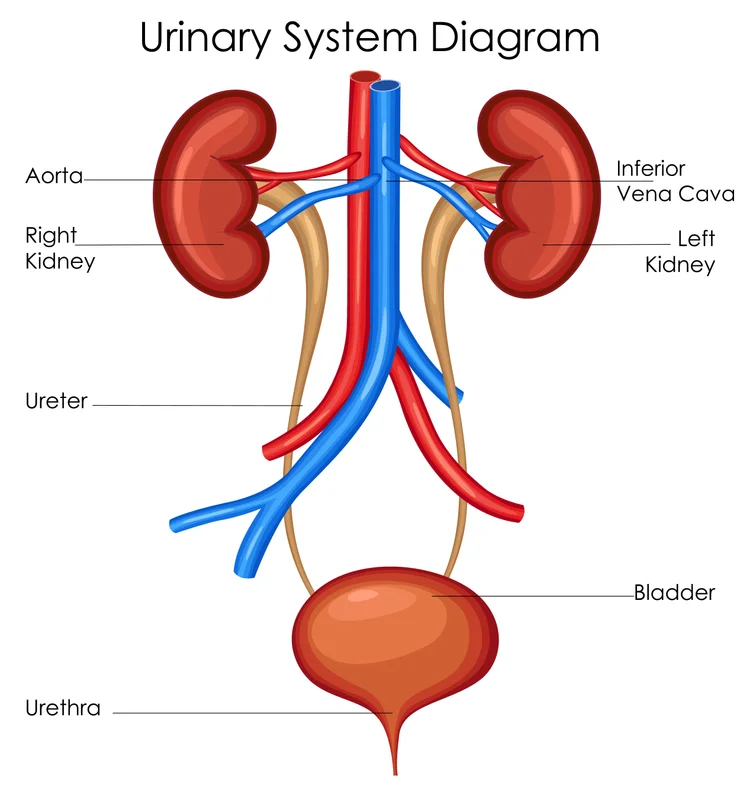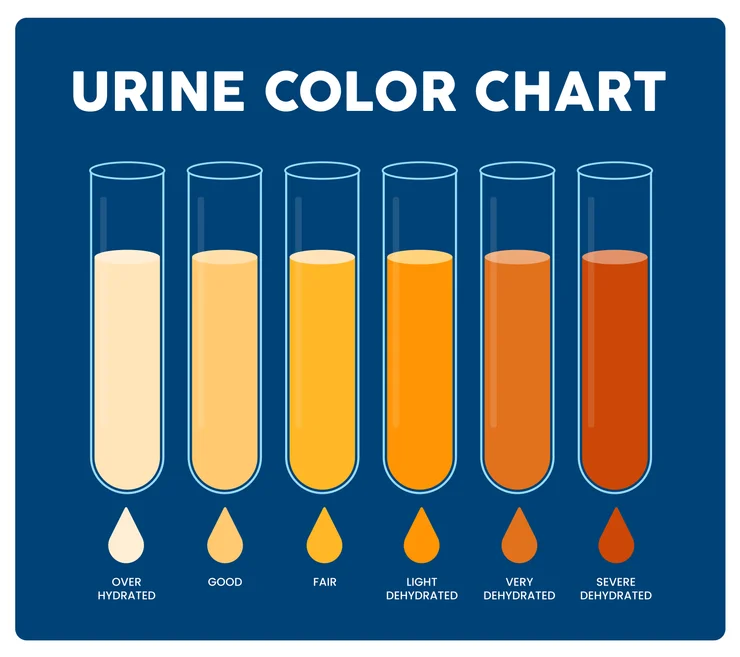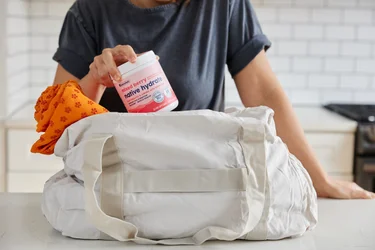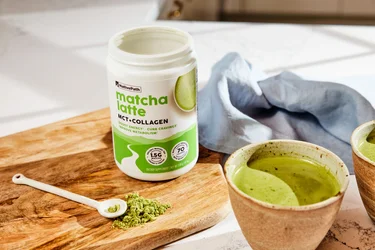It’s likely that you don’t think much about bladder health until certain symptoms start to arise. And once those symptoms hit, they can range from mild discomfort to significant distress—all pointing to one root problem: poor bladder health.
Here are some common signs that you may be dealing with bladder issues (1):
- Frequent urination: You feel the need to urinate more often than usual.
- Urgency: You experience a strong, sudden urge to urinate that's difficult to control.
- Incontinence: This involves unintentional leakage of urine during everyday activities such as lifting, bending, coughing, exercising, or even during sex. This could also include passing urine unintentionally.
- Painful urination: Urination is accompanied by pain or a burning sensation.
- Hematuria: This is the presence of blood in your urine.
- Difficulty emptying the bladder: Despite the urge to urinate, you may have trouble emptying your bladder completely.
- Weak urine stream: The flow of urine is noticeably weaker or slower than usual.
- Cloudy urine: Your urine appears cloudy instead of clear.
- Urinating frequently in small amounts: You may find yourself urinating often but only passing small amounts each time.
- Persistent, strong urge to urinate: Even after urinating, you might still feel a strong desire to go again.
If you answered “yes” to any of the above symptoms, this blog is for you.
As a board-certified naturopathic medical doctor specializing in pelvic health, I share ten natural tips on how to restore bladder health—and how to keep it healthy for the long haul. These ten tips are drawn from my experience working with individuals seeking holistic care for their bladder concerns. Each of these tips is based on the wisdom of traditional botanical medicine, nutritional science, and physical therapy.
Let’s dive in!
